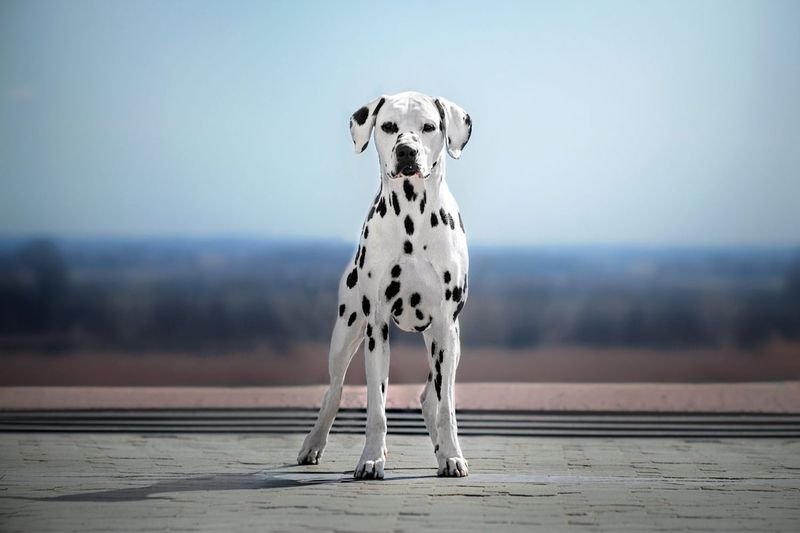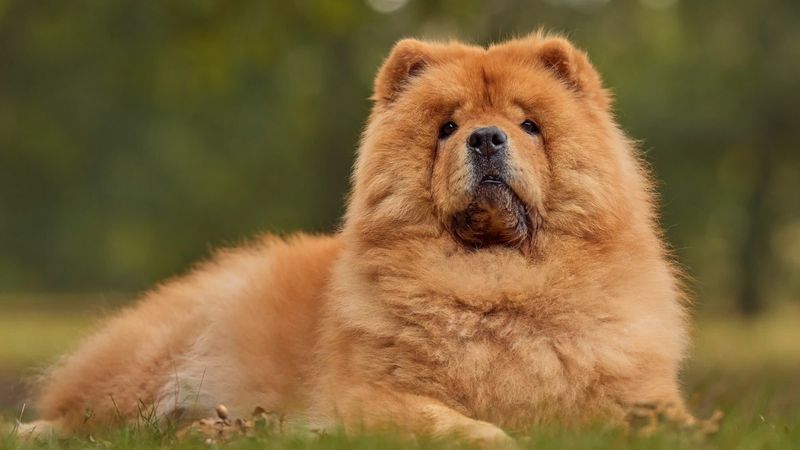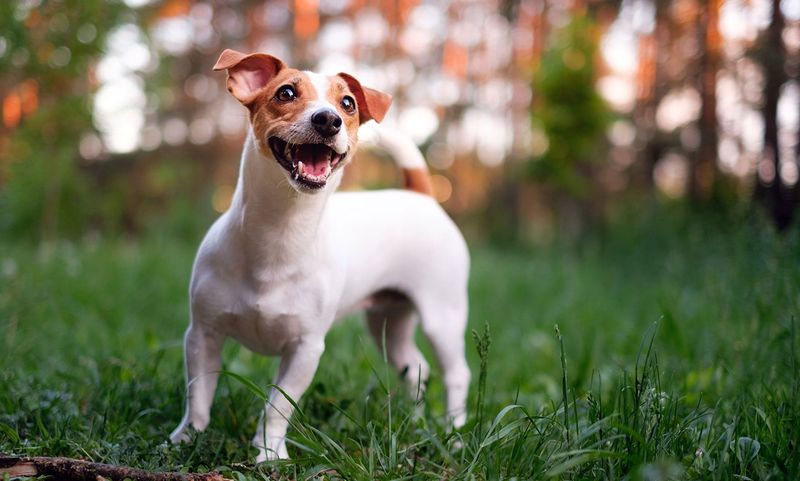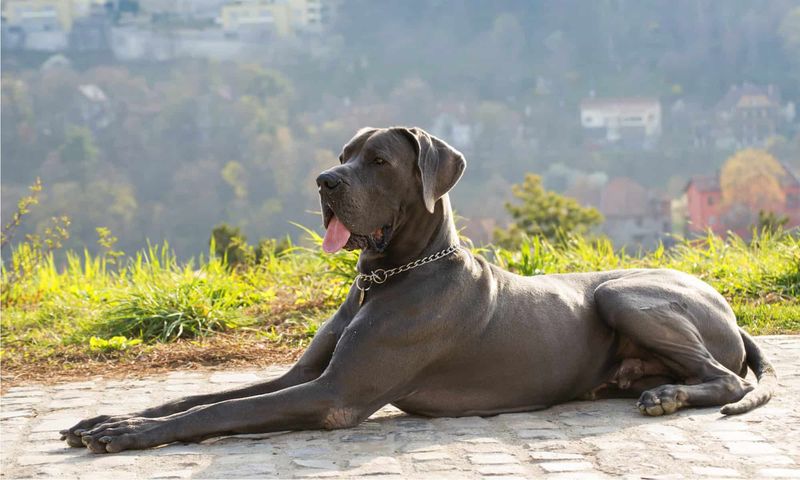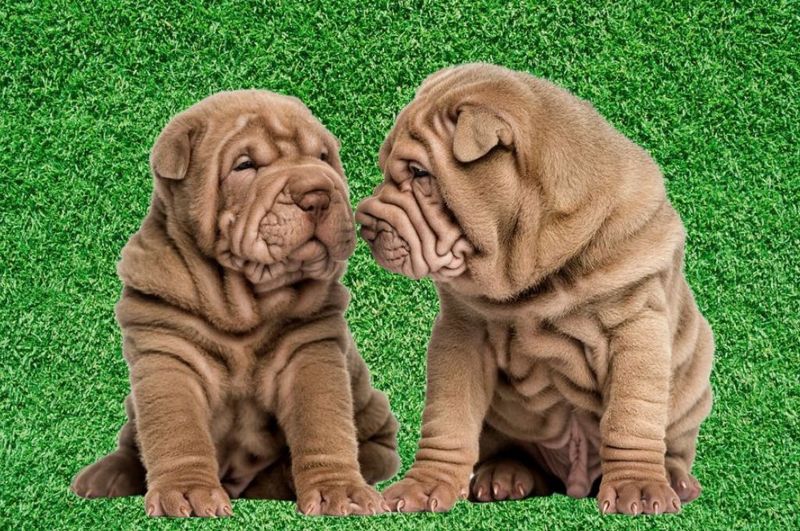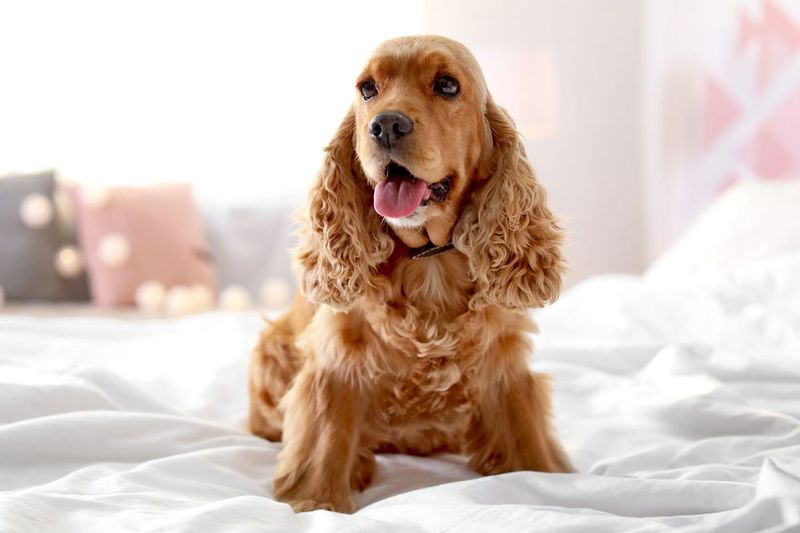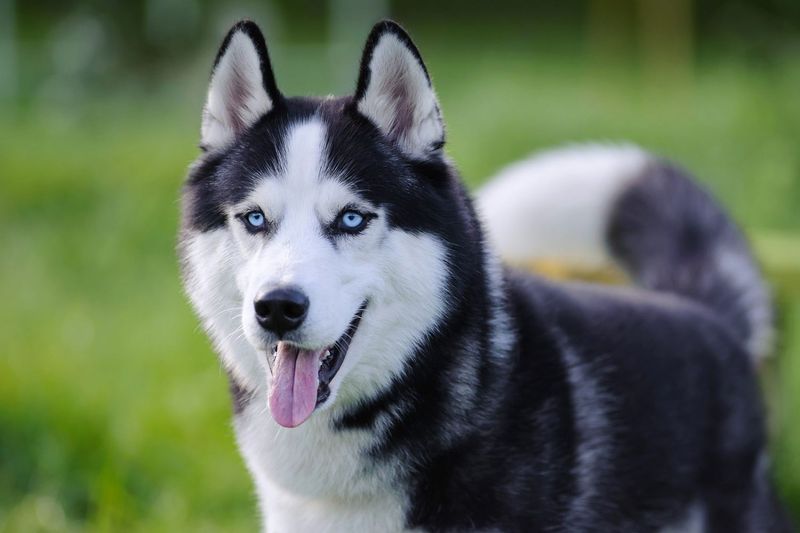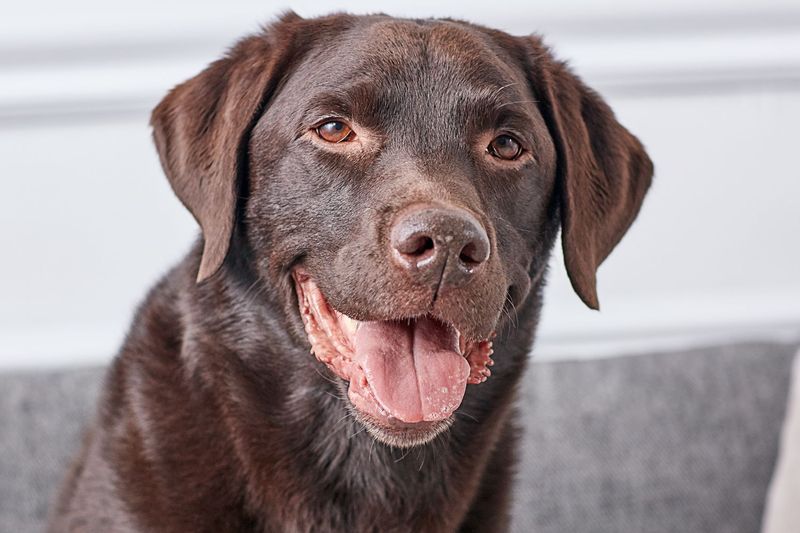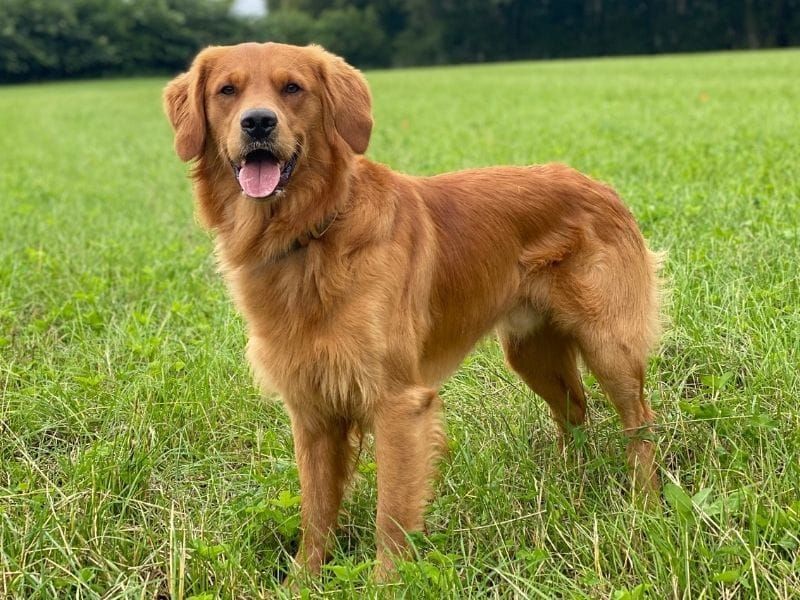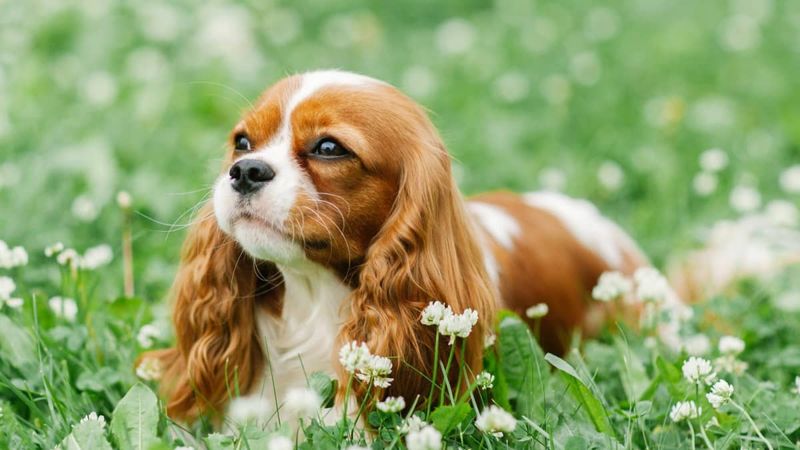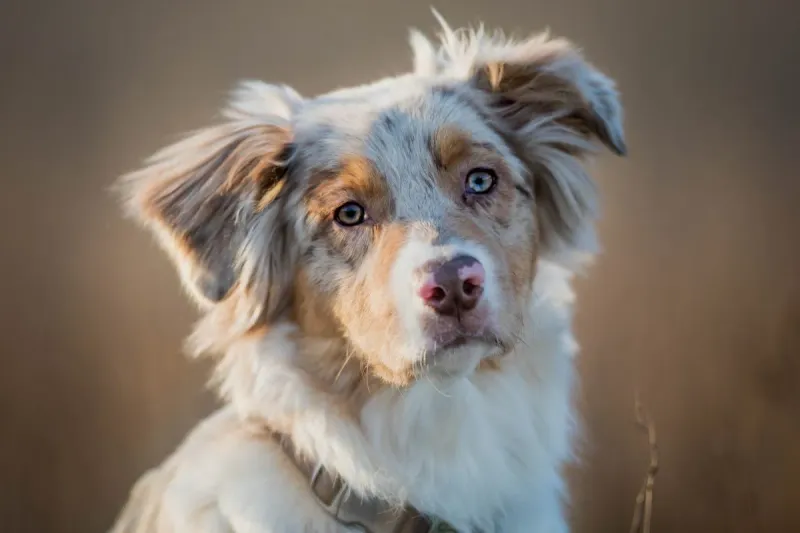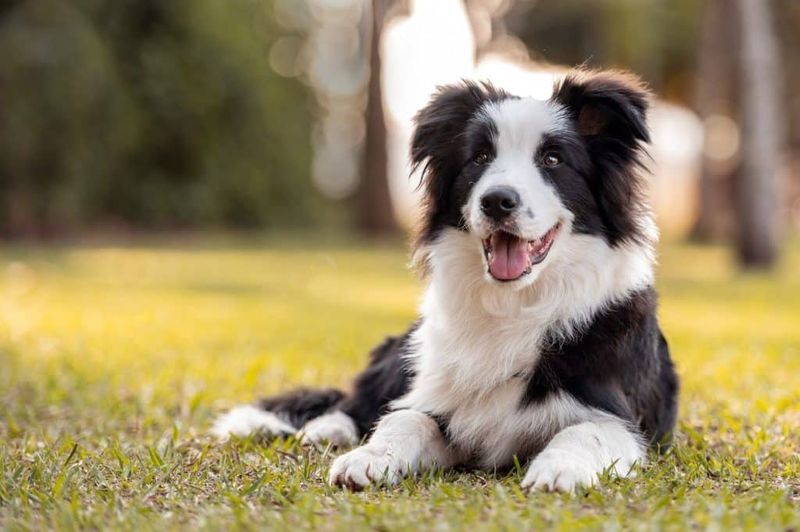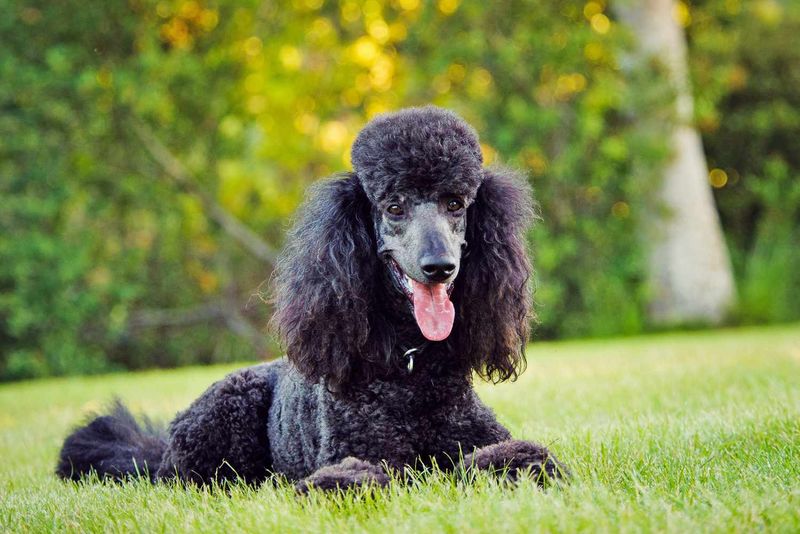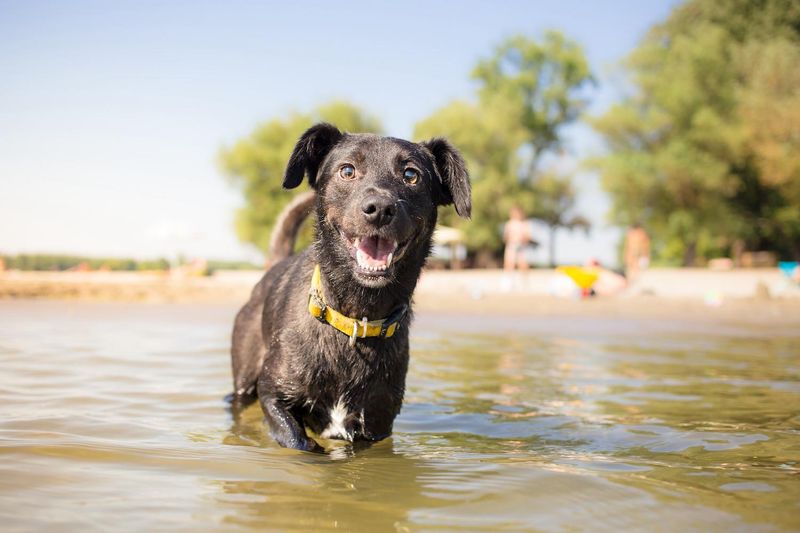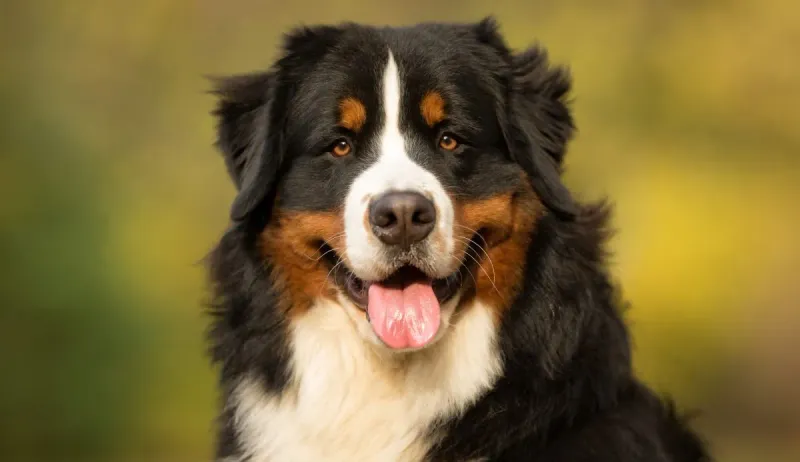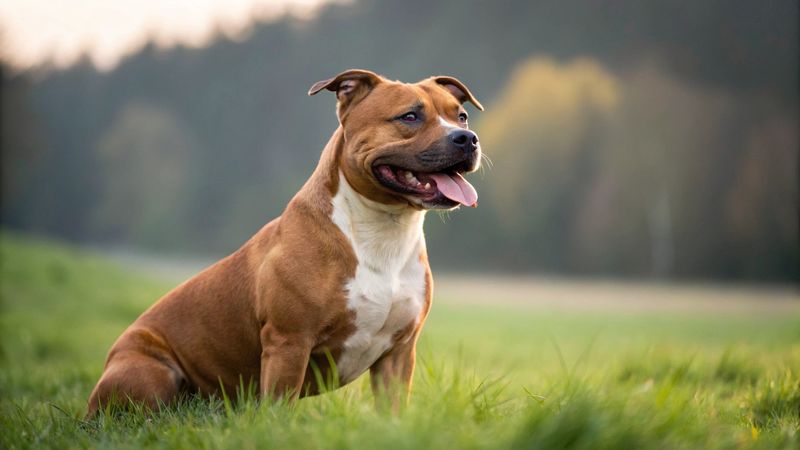9 Dog Breeds I’ll Never Own Again and 9 That Were Perfect
Living with different dog breeds over the years has been a rollercoaster of unforgettable moments, hard-earned lessons, and heartfelt connections. As a lifelong dog lover, I’ve opened my home to a variety of pups—some purebred, some rescued, all unique in their own way.
Along the way, I discovered that choosing the right dog isn’t just about looks or popularity—it’s about energy levels, temperament, lifestyle compatibility, and sometimes, plain old luck.
Some dogs instantly felt like the perfect fit. They meshed with my routine, bonded with my family, and brought more joy than I could’ve imagined. Others—despite their charm and good intentions—proved to be mismatches. Whether it was health issues, behavioral hurdles, or just an overwhelming energy difference, the reality of living with them didn’t quite match the dream.
I’m sharing this list not to shame any breed (every dog deserves love!) but to offer a real-life perspective from someone who’s been through it—good, bad, and tail-waggingly wonderful.
Whether you’re a first-time pet parent or considering a new addition to your pack, my experiences might help you avoid common pitfalls and discover a breed that truly suits your world.
Here’s my honest take on 9 dog breeds I’d happily welcome back—and 9 I’ve lovingly decided just aren’t for me.
1. Dalmatian: Beautiful But Overwhelming
Those iconic spots captivated me, but my Dalmatian’s energy levels were truly exhausting. These athletic dogs need more exercise than most people realize – we’re talking hours daily, not just a quick walk around the block.
The shedding was another surprise. Despite their short coats, Dalmatians shed constantly, leaving white and black hairs on everything I owned.
Some Dalmatians can be nervous or high-strung, and mine certainly was. Without proper training and socialization from puppyhood, they can develop behavioral issues that require professional help.
2. Chow Chow: Majestic But Standoffish
My Chow Chow looked like a fluffy lion with his magnificent mane, but his aloof personality made building a close bond challenging. These dogs typically form a strong attachment to one person while remaining indifferent or suspicious toward others.
Grooming requirements were intense – his thick double coat needed daily brushing to prevent painful mats. During shedding season, tumbleweeds of fur rolled across my floors despite my best efforts.
Stubborn doesn’t begin to describe their independent nature. Training required endless patience, and even then, commands were followed only when they aligned with his own agenda.
3. Afghan Hound: Elegant But High-Maintenance
Afghan’s flowing silky coat turned heads everywhere we went, but maintaining that glamorous appearance consumed hours of my week. The grooming routine included daily brushing, regular baths, and professional grooming appointments that strained my budget.
Their hunting instincts remained surprisingly strong. My Afghan would chase anything that moved – squirrels, cats, even cars – making walks a constant arm workout as I struggled to maintain control.
Behind those dignified expressions lies a sensitive soul. My Afghan required gentle handling and positive reinforcement, showing stress when faced with harsh training methods or loud environments.
4. Jack Russell Terrier: Too Much Terrier
Compact but mighty, my Jack Russell had more energy packed into his small frame than seemed physically possible. Even after long walks, bike rides, and play sessions, he remained ready for more action while I collapsed in exhaustion.
Barking became our household soundtrack. Jack Russells are natural watchdogs who alert to every sound, movement, or imagined threat – day or night.
The digging was relentless. Flowerbeds, yard corners, and even my couch cushions fell victim to his terrier instincts. Despite loving his spunky personality, the constant vigilance required to manage his natural behaviors eventually wore me down.
5. Great Dane: Gentle Giant With Short Lifespan
Great Dane’s sweet temperament and majestic presence made him an incredible companion. However, watching him age rapidly broke my heart – these magnificent dogs typically live only 7-10 years, with health problems often starting around age 5.
The expenses were substantial. Food costs alone were significant, but the veterinary bills for joint issues, heart problems, and other breed-specific conditions quickly added up to thousands.
Space requirements can’t be overlooked. My Dane needed room to move comfortably indoors, and his tail cleared coffee tables with one swipe. While their gentle nature is unmatched, the heartbreak of their short lifespan makes me hesitant to experience that loss again.
6. Shar Pei: Unique Looks, Challenging Health
Those adorable wrinkles captivated me initially, but they required constant cleaning to prevent skin infections. Cotton swabs and special solutions became part of our daily routine to keep the deep folds healthy.
My Shar Pei’s stubborn streak made training frustratingly slow. These ancient guardian breeds have independent minds and often question why they should follow commands that seem unnecessary to them.
The most difficult aspect was managing multiple health problems. From eye issues to skin allergies to a condition called Shar Pei Fever, veterinary visits became frequent and costly. While I adored his unique appearance and loyal nature, the ongoing health management was ultimately too demanding.
7. Weimaraner: Too Smart For Their Own Good
My silver-gray shadow followed me everywhere – and I mean everywhere. Weimaraners bond intensely with their people and can develop severe separation anxiety when left alone, even briefly.
Intelligence can be a double-edged sword. My Weim figured out how to open doors, cabinets, and even the refrigerator. Nothing was safe, and childproofing the entire house became necessary.
Exercise requirements exceeded what most families can realistically provide. Without several hours of daily physical and mental stimulation, destructive behaviors emerged quickly. While their loyalty and striking appearance are admirable, their needs simply didn’t match my lifestyle despite my best efforts.
8. Cocker Spaniel: Beauty With Health Baggage
Those soulful eyes and silky ears made my Cocker irresistibly adorable, but the breeding for extreme features came with consequences. Ear infections became a constant battle despite regular cleaning and preventative care.
Grooming requirements were intense and expensive. Without professional grooming every 6-8 weeks and daily home maintenance, their beautiful coats quickly become matted and uncomfortable.
Genetic health issues plagued my sweet spaniel throughout his life. Eye problems, skin allergies, and eventually serious heart issues emerged one after another. While his loving temperament was everything I could have wanted, watching him suffer through preventable health problems from poor breeding practices was heartbreaking.
9. Siberian Husky: Stunning But Stubborn
Husky’s wolf-like appearance and striking blue eyes drew compliments everywhere we went. What strangers didn’t see was the fur covering every surface of my home despite daily brushing – twice yearly “blowouts” were truly astonishing to witness.
Escape artist doesn’t begin to describe their Houdini-like abilities. My yard required reinforcement down to the ground (to prevent digging out) and up to six feet (to prevent jumping over).
The infamous husky “talking back” was amusing at first but grew tiresome. Training sessions often turned into negotiations rather than obedience work. Their independent spirit and exercise needs make them poor matches for most households, despite their undeniable beauty.
Now, on the flip side, here are the 9 breeds that proved to be the perfect match for me—each one a companion I’d choose again without hesitation.
1. Labrador Retriever: Friendly Family Champion
My chocolate Lab greeted every person and dog as a potential new best friend. This social butterfly temperament made outings, visitors, and new situations consistently positive experiences for our whole family.
Adaptability stands out as their superpower. Our Lab happily joined hiking adventures one day and lounged through movie marathons the next, adjusting his energy to match our activities.
Training progressed quickly thanks to their eager-to-please nature and food motivation. From basic commands to complex tricks, he learned with enthusiasm and retained lessons well. While shedding and their early-life boisterousness present challenges, their balanced temperament and versatility made our Lab the ideal family companion.
2. Golden Retriever: Heart Of Gold
Goldie’s patience with children amazed everyone who visited our home. Gentle tolerance of ear tugs, clumsy petting, and noisy play made him the perfect companion for my growing family.
Emotional intelligence set him apart from other breeds I’ve owned. He seemed to instinctively know when someone needed comfort, pressing against legs during difficult days or bringing toys to distract from tears.
Trainability made him shine in obedience classes and at home. Quick to learn and eager to work, he mastered commands with minimal repetition. Though their shedding requires regular grooming and their enthusiasm can be overwhelming for some, their loving nature and versatility make Goldens exceptional family dogs.
3. Cavalier King Charles Spaniel: Loving Lap Dog
Cavalier’s affectionate nature made her the ultimate companion dog. Happy to cuddle for hours yet equally content to join for a moderate walk, she balanced activity and relaxation perfectly.
Size matters when living in smaller spaces. At just 13-18 pounds, she was substantial enough to feel like a “real dog” yet small enough for apartment living and easy travel in a carrier.
Friendliness toward strangers, children, and other pets made social situations stress-free. She greeted everyone with a gently wagging tail and hopeful eyes. While potential heart issues and the need for regular grooming require consideration, their adaptable nature and loving temperament make Cavaliers wonderful companions for many lifestyles.
4. Australian Shepherd: Active Partner In Adventure
My Aussie’s intelligence transformed my understanding of canine capabilities. She learned new commands in just a few repetitions and could remember complex sequences of behaviors for games and tasks.
Athletic prowess made her the perfect companion for my active lifestyle. Hiking, running, and weekend camping trips became more enjoyable with her enthusiastic participation.
Loyalty created a bond unlike any I’d experienced with previous dogs. She remained attuned to my movements and emotions, always checking in during activities. While their energy and intelligence require significant commitment to exercise and mental stimulation, their trainability and devotion make Australian Shepherds exceptional partners for active owners.
5. Border Collie: Brilliant Working Partner
Border Collie’s problem-solving abilities continually amazed me. Whether figuring out puzzle toys in minutes or learning to open doors with handles rather than knobs, his intelligence was both impressive and occasionally challenging.
Focus during training sessions created rapid progress in everything from basic obedience to complex tricks. His intense gaze and complete attention made communication between us almost telepathic at times.
Versatility allowed us to explore multiple dog sports together. From agility to frisbee to herding trials, he approached each activity with enthusiasm and natural talent. While their intense energy and intelligence make them poor choices for sedentary homes, their trainability and work ethic make Border Collies unmatched partners for dedicated, active owners.
6. Standard Poodle: Smart And Surprisingly Tough
My Standard Poodle shattered stereotypes with his athletic abilities and rugged enjoyment of outdoor activities. Far from the prissy image many people imagine, he eagerly joined hikes and swims with boundless energy.
Non-shedding coats make Poodles excellent choices for allergy sufferers. Regular professional grooming is necessary, but the trade-off of minimal hair around the house was worth the maintenance.
Intelligence rivaling Border Collies and German Shepherds made training a joy rather than a chore. He learned new commands quickly and seemed to understand complex sentences beyond simple commands. While their grooming needs require commitment, their versatility, trainability, and family-friendly nature make Standard Poodles exceptional companions for active households.
7. Mixed Breed Rescue: Unique Charm And Resilience
Owning a rescue mutt brought unexpected joy through her unique combination of traits – the loyalty of a shepherd, the playfulness of a terrier, and a completely one-of-a-kind appearance that drew questions everywhere we went.
Health benefits of hybrid vigor meant fewer vet visits for breed-specific issues. Her mixed genetics seemed to protect her from many of the problems common in purebred dogs.
Gratitude showed in her daily behavior. Something about her demeanor suggested she truly appreciated her second chance at a loving home. While each mixed breed dog presents a somewhat unpredictable blend of characteristics, the opportunity to give a deserving dog a loving home while potentially avoiding breed-specific health issues makes adopting a rescue mix incredibly rewarding.
8. Bernese Mountain Dog: Gentle Giant With Heart
My Bernese brought calm, steady energy to our household. Despite his impressive size, he moved carefully around our home, mindful of his bulk near fragile objects and small children.
Cold weather tolerance made him the perfect companion for winter activities. While other dogs shivered and lifted paws uncomfortably in snow, he came alive in colder temperatures, frolicking with puppy-like joy.
Loyalty to family members ran deep, with a special protective gentleness toward children. He positioned himself wherever he could keep an eye on all family activities. Though their short lifespan (7-10 years) and potential for joint issues require consideration, their steady temperament and family devotion make Berners wonderful companions for those prepared for a larger dog.
9. Staffordshire Bull Terrier: Misunderstood Love Bug
Staffie’s people-loving nature contradicted harmful stereotypes at every turn. Nicknamed “the nanny dog” historically for good reason, she showed natural gentleness and patience with children while maintaining a playful spirit.
Athletic abilities packed into a medium-sized frame made her an ideal active companion without the space requirements of larger sporting breeds. Her muscular build and enthusiasm made her excel at many dog sports.
Loyalty created an unbreakable bond between us. Staffies typically form intense attachments to their families and thrive on being included in daily activities. While their strong prey drive toward small animals requires management, their affectionate nature with people and trainable temperament make Staffordshire Bull Terriers wonderful companions for committed owners.

